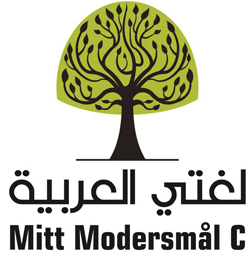
جميع المنتجات المتاحة
الفيديو التعريفي
مقالات سلسلة لغتي العربية
أنتجت سلسلة لغتي العربية عددا من الإصدارات والسلاسل العلمية المتخصصة لخدمة اللغة العربية لغير الناطقين بها

أنتجت سلسلة لغتي العربية عددا من الإصدارات والسلاسل العلمية المتخصصة لخدمة اللغة العربية لغير الناطقين بها